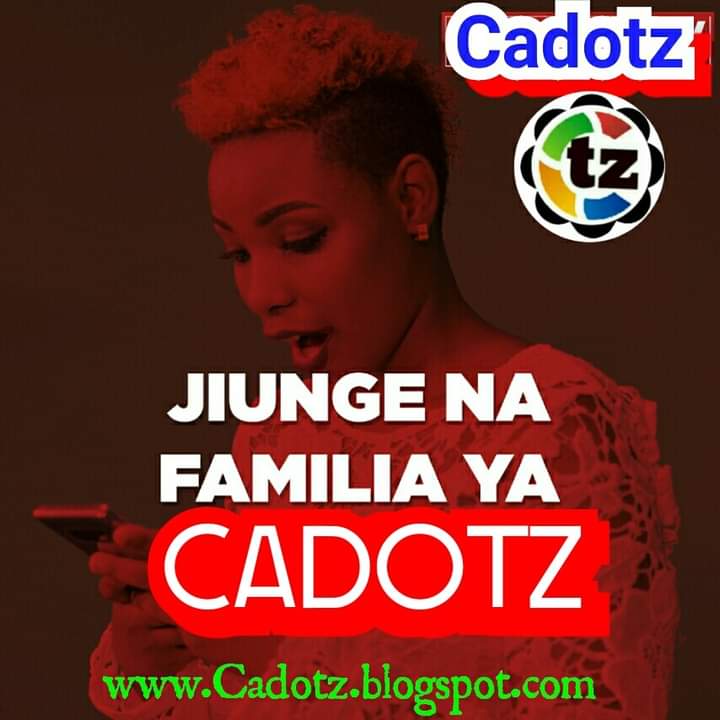Ethernet crossover cable
An Ethernet crossover cable is a type of Ethernet cable used to connect computing devices together directly. It is most often used to connect two devices of the same type: e.g. two computers (via network interface controller) or two switches to each other. By contrast, patch cables or straight through cables are used to connect devices of different types, such as a computer to a network switch or hub.
Many devices today support Auto MDI-X capability, wherein a patch cable can be used in place of a crossover cable, or vice versa, and the receive and transmit signals are reconfigured automatically to yield the expected result.
Overview[edit]
See also: Medium Dependent Interface
The 10BASE-T and 100BASE-TX Ethernet standards use one wire pair for transmission in each direction. This requires that the transmit pair of each device be connected to the receive pair of the device on the other end. The 10BASE-T standard was devised to be used with already existing twisted pair cable installations with straight-through connections, and so it required a simple scheme for plugging devices together.
When a terminal device is connected to a switch or hub, this crossover is done internally in the switch or hub. A standardstraight through cable is used for this purpose where each pin of the connector on one end is connected to the corresponding pin on the other connector.
One terminal may be connected directly to another without the use of a switch or hub, but in that case the crossover must be done in the cabling. Since 10BASE-T and 100BASE-TX use pairs 2 and 3, these two pairs must be swapped in the cable. This is a crossover cable. A crossover cable may also be used to connect two hubs or two switches on their upstream ports.
Because the only difference between the T568A and T568B pin/pair assignments are that pairs 2 and 3 are swapped, a crossover cable may be envisioned as a cable with one modular connector following T568A and the other T568B (see TIA/EIA-568 Wiring). Such a cable will work for 10BASE-T or 100BASE-TX.
The polarity of each pair is not swapped, but the pairs crossed as a unit: the two wires within each pair are not crossed.[1]
In a departure from both 10BASE-T and 100BASE-TX, 1000BASE-T uses all four cable pairs for simultaneous transmission in both directions through the use of adaptive equalization and a five-level pulse amplitude modulation (PAM-5) technique. For this reason, there are no dedicated transmit and receive pairs, and consequently, crossover cables are never required for 1000BASE-T communication.[2] However, 1000BASE-T's physical medium attachment sublayer (PMA) provides identification of each pair and usually continues to work even over cable where the pairs are unusually swapped or crossed.[3]
Crossover cable pinouts[edit]
Twisted pair[edit]
In practice, it does not matter if non-crossover Ethernet cables are wired as T568A or T568B, just so long as both ends follow the same wiring format. Typical commercially available "pre-wired" cables can follow either format depending on the manufacturer. What this means is that one manufacturer's cables are wired one way and another's the other way, yet both are correct and will work. In either case, T568A or T568B, a normal (un-crossed) cable will have both ends wired identically according to the layout in either theConnection 1 column or the Connection 2 column.
Certain equipment or installations, including those in which phone and/or power are mixed with data in the same cable, may require that the "non-data" pairs 1 and 4 (pins 4, 5, 7 and 8) remain un-crossed.
Fiber[edit]
For most fiber variants of Ethernet, fibers are used in pairs with one fiber for each direction. Obviously, the one transmitter needs to be connected to the other receiver and vice versa. For this, fiber patch cables with duplex connectors are normally configured as crossover as well as the on-premises wiring. Thus, a simple connection with two patch cables at each end and a section of fixed cable in the middle has got three crossovers in total, resulting in a working connection. Patch cable crossovers can usually be reconfigured very easily by swapping the connectors within a duplex bracket if required.
Ethernet crossover cable
![Ethernet crossover cable]() Reviewed by Unknown
on
3:57 PM
Rating:
Reviewed by Unknown
on
3:57 PM
Rating:














Post a Comment